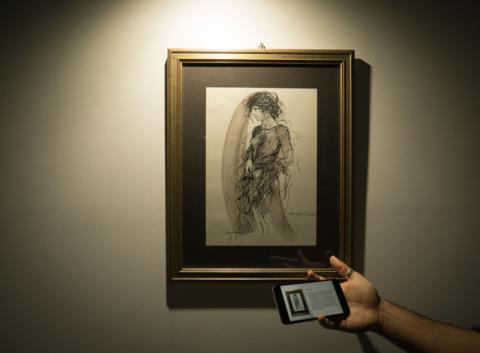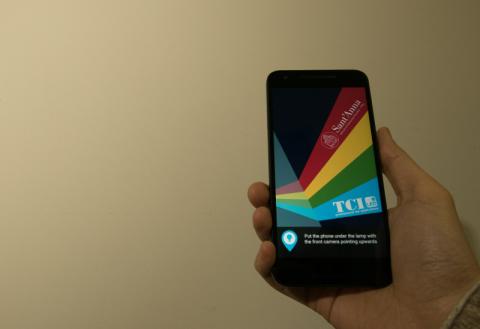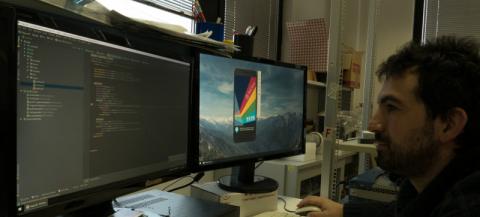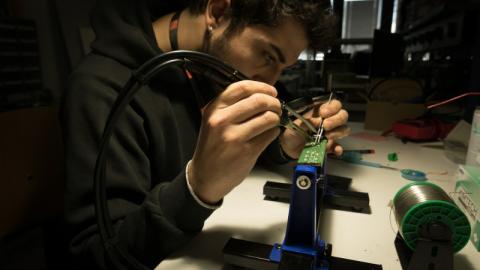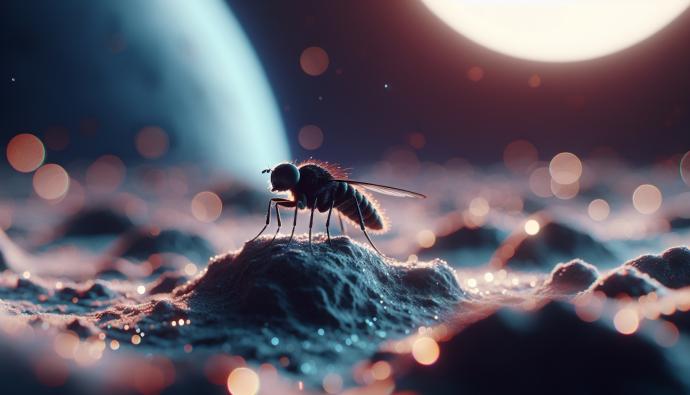VISIBLE LIGHT COMMUNICATION FOR INDOOR POSITIONING APPLICATIONS: SANT’ANNA SCHOOL TECIP INSTITUTE AND TCI Led professional applications – Varese PROPOSED A NOVEL LED DETECTION METHOD AT LIGHT&BUILDING EVENT IN FRANKFURT

All you need to enable the Sant’Anna School and TCI Varese innovative indoor detection system is light. The novel detection system developed at the TECIP (Communication, Information and Perception Technologies) Institute in cooperation with a team of engineers of TCI Led professional applications Srl Varese and under the supervision of Professor Ernesto Ciaramella is based on visible light communication.
The detection system locates objects, people or robots inside buildings, through sensors reporting to a mobile phone and measuring distances of 1 meter.
The smartphone’s camera detects the light and the real time application reads the data/people standing in the building. Inside museums, hospitals or stores, the light “communicates” and give information about the user’s location: all you need to have is a smartphone talking to the LED lighting as the application provides location specific contents automatically. The GPS technology might not be very reliable in indoor environments as GPS signals tend to attenuate indoors or in narrow spaces.
The team of Sant’Anna School researchers and TCI engineers has developed a LED detection device which offers a wide range of performance, allowing it to operate under a variety of lighting conditions and through a variety of attenuation materials. This LED detection device may permit further development of data communication into highly integrated applications. Based on VLC “Visible Light Communication”, the system was recently presented at the “LIGHT & Building 2018” event in Frankfurt, Germany.
The “LIGHT & Building” fair is the world’s leading event in the fields of lighting, electrical engineering and home and building automation. Inside museums, the system based on VLC provides information about artworks, paintings and artists directly to smartphones while sensors and video provide valuable. Inside hospitals, the system provides patients route guidance around the departments, information about health checks procedures, or clinics where examinations may take place. Simultaneously, this detection device is able to improve the services offered to the user and to provide a more personalized "shelf marketing” suggestions, where indoor positioning would generally bring great benefit to people.
VLC is a wireless technology that uses light emanated from LED bulbs in order to provide a network for high-speed communication parallel to Wi-Fi. Visible light spectrum is 10,000 times larger than radio frequency spectrum, and it is considered as an answer to the bandwidth limitations of radio frequency. It may be used to detect the signal, invisible to the human eye, and patients, customers or visitors use this technology for navigation and for location-based content reception through their smartphone with an app they install. The app provides indoor maps and location specific content automatically.
An indoor detection system is particularly useful within big buildings where some may spend enormous amount of time finding what they are looking for. Everybody could have an indoor map marked with their current position on a mobile phone.
At the “LIGHT & Building 2018” event in Frankfurt, Sant’Anna School and TCI, presented a demo on a programmable video streaming which receives multimedia data. Communication was provided with gigabit-per- second data rates and simple LED detectors.

